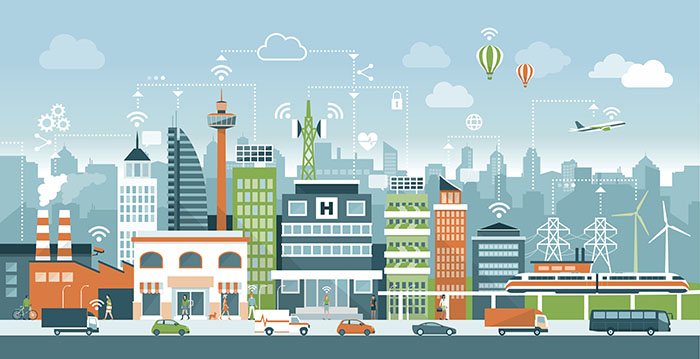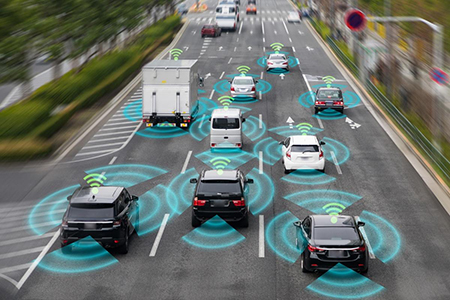
Fast and curious – developing future and systems
In collaboration with Oracle using Anki Overdrive cars, students are invited to test themselves to complete a series of individual programming challenges of which they can apply to real world problems. Students need to investigate real world problems and find solutions. They will have the opportunity to take their solutions and collaborate with students from other schools to solve larger real word intricacies.
- Students gain an understanding of digital connectivity.
- Using Anki vehicles to explore, investigate and experiment with the Internet of Things and Driverless Vehicles (Unconnected Vs connected cars).
- Interpreting data to product code to complete challenges.
1/. Theory Component:
Workbook A. Download the Word Document here and you will work through the modified workbook pages ( as a Word document) and email the finished document to: robert.mill@det.nsw.edu.au on the last week of term.
Students will also use their understanding to design a Smarter City. |
|
|
Here are two further examples of a Smart City:


